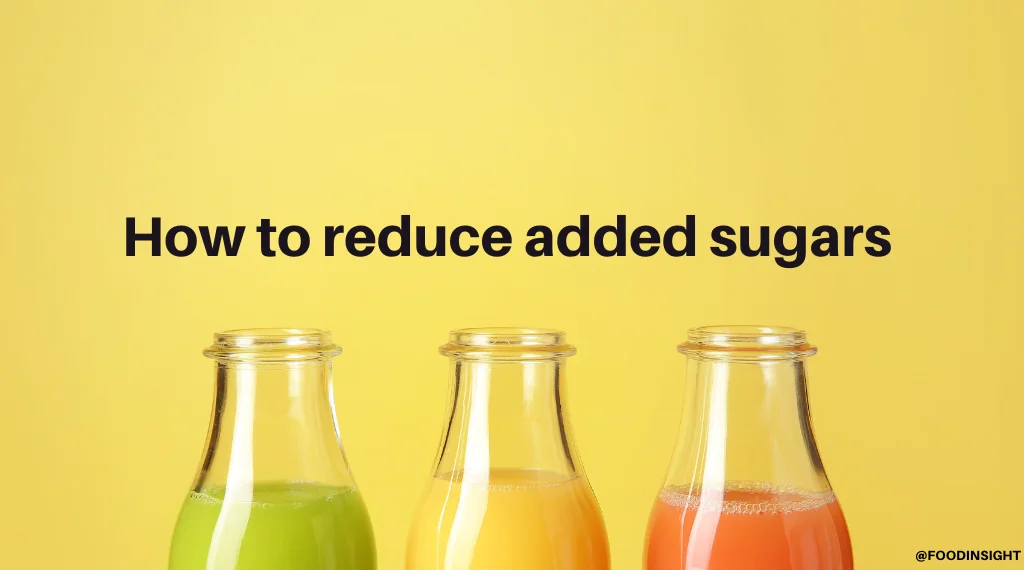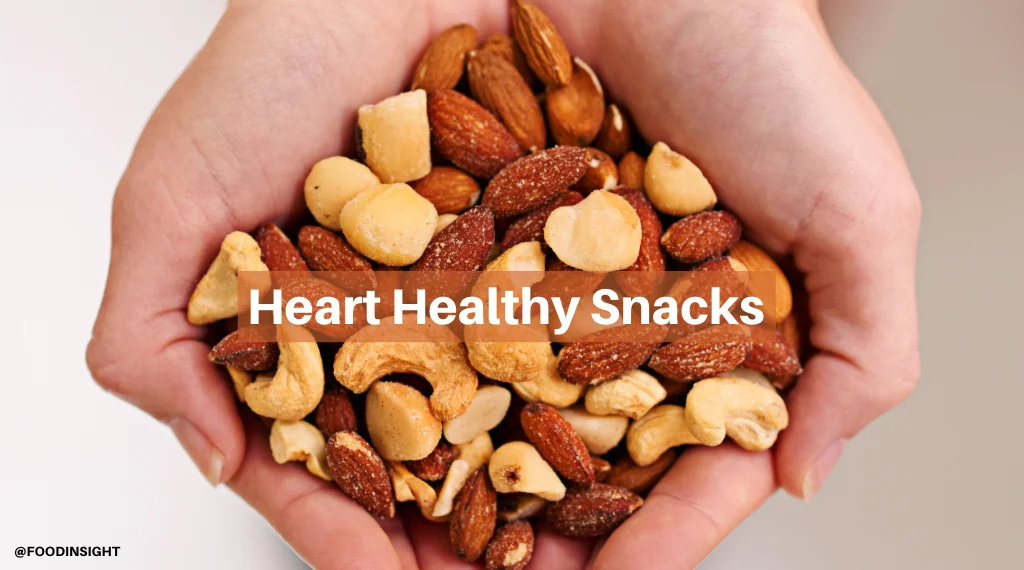
Food is often central to our gatherings and conversations with friends and family. And it usually doesn’t take long before the conversation turns to what people are trying to eat less of. Enter sugar. Whether it’s naturally occurring from fruit or the kind that’s added to your favorite food or beverage, everyone seems to have an opinion about sugar. In our 2022 Food & Health Survey, 67% of people said they were trying to limit the amount of sugar in their diet, and 14% said they were trying to avoid sugar entirely.
While avoiding sugar entirely may not be entirely realistic, many people could benefit from consuming less added sugar. Most of us consume more added sugar than is recommended. If you’re trying to eat healthier and subtract added sugars from your diet, here are four ways you can get started.
Beverages: Think about what you drink
Everyone loves a cold beverage, especially when the weather heats up. But it’s no secret that many beverages contain calories, including calories from added sugars. Most of the added sugars that we consume in the U.S. comes from beverages. Try to keep the amount of added sugars you drink to a minimum by choosing water, smaller portion sizes, and lower- and no-calorie options more often.
Fruit: Focus on the whole picture
If you are avoiding sugar entirely, then you may be avoiding fruit. That’s bananas because fruit is one of the healthiest food choices you can make. Unfortunately, fruit intake in the U.S. is lower than what experts recommend and has been for decades. Fruit contributes vital nutrients to our diet that most of us don’t eat enough of — like fiber and potassium. While some beverages like smoothies and 100% juices can contribute to fruit intake, focus on whole fruits first. When selecting fresh fruit, choose a wide variety of colors. When choosing canned, dried or frozen fruit, select those that are unsweetened or packed in their own juice or water.
Dairy: Aim for plain
Dairy offers a variety of essential nutrients like protein, calcium, potassium and vitamin D. And while it’s true that dairy products contain naturally occurring sugars, not all dairy products contain added sugars. To reduce your calorie intake from added sugars in dairy products, aim for plain milk and yogurt more often. If you are not ready to switch to plain dairy, use nutrition facts labels to find varieties that are lower in added sugars.
Nutrition Facts: Read and compare between labels
Nutrition Facts labels contain information on added sugars. If you’re looking to reduce the amount of added sugars you consume, read and compare between Nutrition Facts labels to identify which product has fewer grams of added sugars. Here are two tips to help you correctly interpret sugars information found on Nutrition Facts labels.
Use the “Total Sugars” line to determine the full amount of sugars in a labeled serving. This amount represents both naturally occurring and added sugars, added together.
Directly below the “Total Sugars” line you’ll see the “Includes Xg Added Sugars” line. Use this number to determine the amount of sugars that have been added to the product. This amount does not include naturally occurring sugars.



